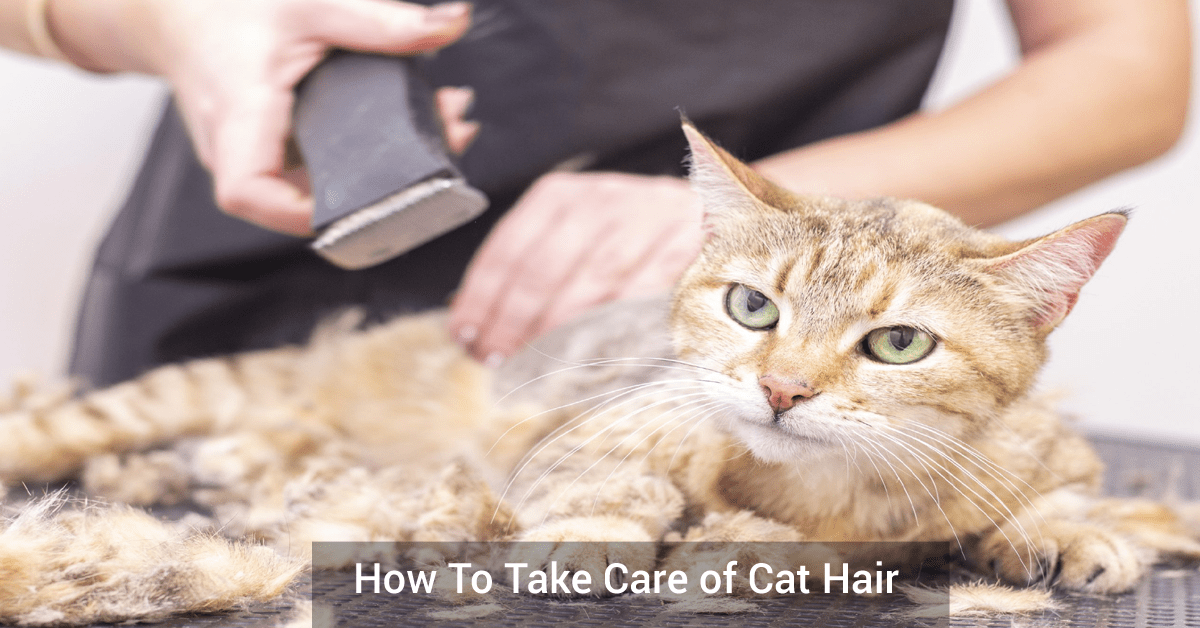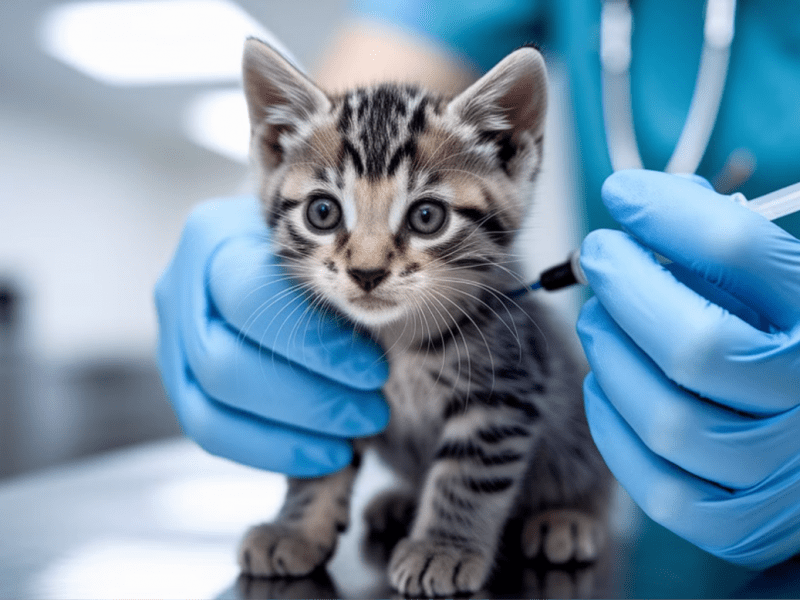A neat coat depicts a healthy cat, and as pet parents, it is your responsibility to maintain this health. In this write-up, we have stated the required steps you require to groom your cat’s hair and ensure its hygienic conditions.
Cats love their fur, and they have an instinct to keep themselves clean, which is why they keep licking their coats. However, due to ambient and environmental conditions, their fur may lose its shine and tidiness.
So, as pet parents, it is your role to help your cats stay neat and hygienic. This article highlights some facts that give you a deeper insight into caring for your cat’s hair. The guidelines broadly consist of three parts, which we have mentioned in detail below.
Brushing
Regular brushing of your cat’s coat will result in its maintenance, and you will also come to know about any underlying infections or abnormalities.
· If your cat has short hair, you can brush him weekly.
o You can take a metallic comb and run through the coat lengthwise from their head to the tail.
o It would help if you simultaneously cleaned the tangles and took out the dirt stuck to your cat’s coat.
o If you find dead hair cells, use soft bristles or brushes to remove them.
· If you own a long-haired cat, he may have more hairballs and tangles due to the larger hair volume.
o You must brush their hair twice a week to get rid of all the hairballs that can otherwise fall all over your floor or clog your drains.
o Focus on the areas of their belly and legs to clear the entanglements.
o Make sections and sprinkle cat body powder, wherever necessary, and brush thoroughly to rich deeper into your cat’s fur.
o If you find that the mats have become strong, do not apply force on your cat, and call a professional cat groomer.
· Be observant about your cat’s hair and check it now and then.
o If you see that your cat has lost its shine or bounciness, you should check for the deposition of foreign particles on his coat.
o If your cat’s hair is dry, oily, dull, or becoming lesser in volume, you must take immediate care of their hair. Moreover, dandruff requires proactive measures.
o While brushing your cat’s hair, be cautious about any signs of fleas, patches, wounds, or infections.
o It would be best if you always kept your pet cat’s private areas clean, as these sites are prone to matted hairs with their excrement or tapeworm attacks.
Bathing
When it comes to bathing your cat, a crucial point to remember is the frequency of baths.
· You should not bathe them too often as over-bathing removes the essential oils of their skin, causing dryness and unhealthy coats.
· It would help if you never experimented with the shampoo you use for your pet cat. Always use products that the vet or groomer recommends for cats.
· As cats and water do not have very good bonding, you should be prepared for their water resistance. You can clip their nails to prevent accidental scratches and place a rubber mat on their bathing container for better grip.
· To make the bathing time comfortable for your pet cats, always use lukewarm water and fill it only till their legs. Then, your cats should be able to stand on the bathing container after it is filled.
· You should wet your cat’s fur thoroughly to reach every strand. Then, apply the prescribed amount of shampoo and create foam. Be careful around their eyes, ears, nose, mouth, and private areas.
· You should not splash water on your cat’s eyes or face while bathing them. Always use a soft washcloth to wet or wipe their sensitive areas. For removing the lather, gently spray water throughout their body. You should ensure there is no foam residue.
Preventing Parasitic Growths
Your cats cannot express their discomfort to you in your language, and thus, you should be alert to check any signs of parasitic attacks.
· If fleas or ticks have nested on your cat’s hair, he will scratch or lick himself much more than usual.
· Due to the inner irritation, your cats will behave show restlessness and agitation.
· You should check their coats regularly, and if you find tiny black spots or red bumps, these may be the stools or bite marks of the fleas, respectively.
· You should use combs with fine teeth to brush your cat’s hair. Immerse the comb in a solution of cat shampoo and water before brushing. This will remove the eggs that fleas have nested on your cat, both maintaining tidiness and relieving your cat.
· If the doctor allows, you can also opt for spot sprays to get rid of the parasites.
· You should arrange for deworming sessions for your pet cat.
· You must ensure cleanliness in your entire house using disinfectants.
The Final Thoughts
The above guidelines should enable you to have a smooth and convenient experience for taking care of your pet cat’s hair. In addition, you should ensure to make the grooming sessions comfortable for your adorable pet so that not only you but even they look forward to keeping themselves tidy and hygienic.



